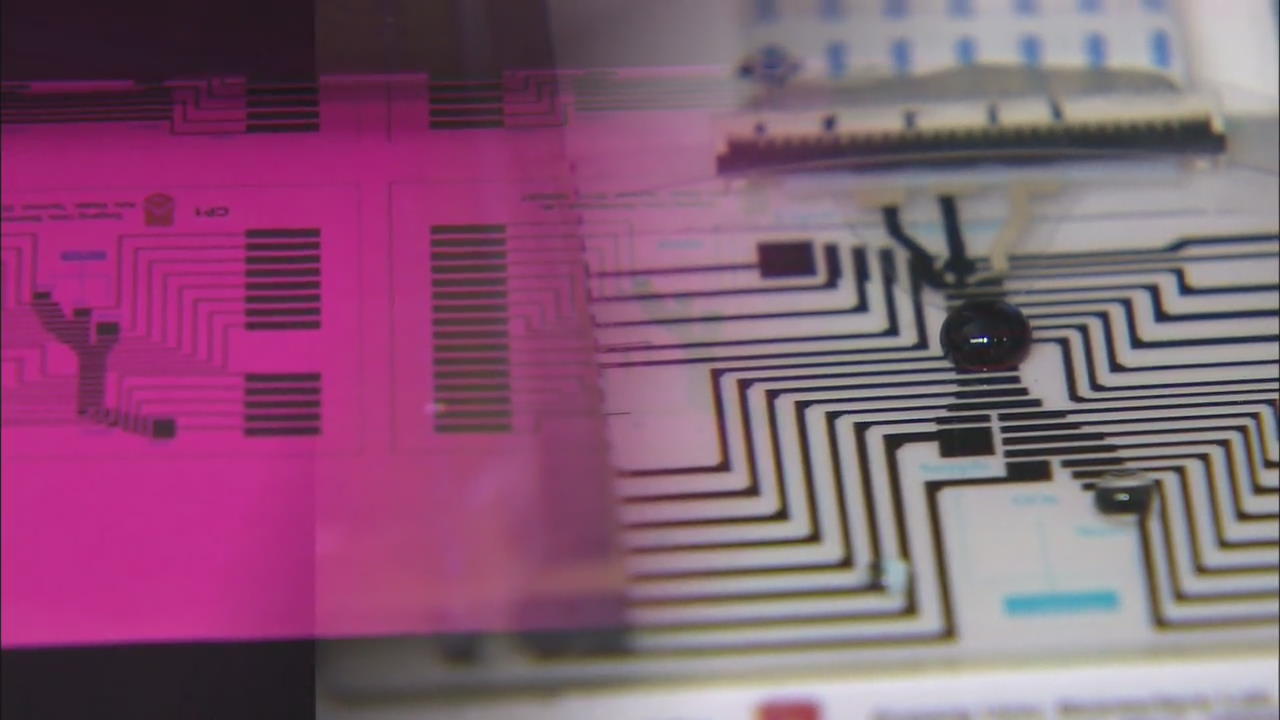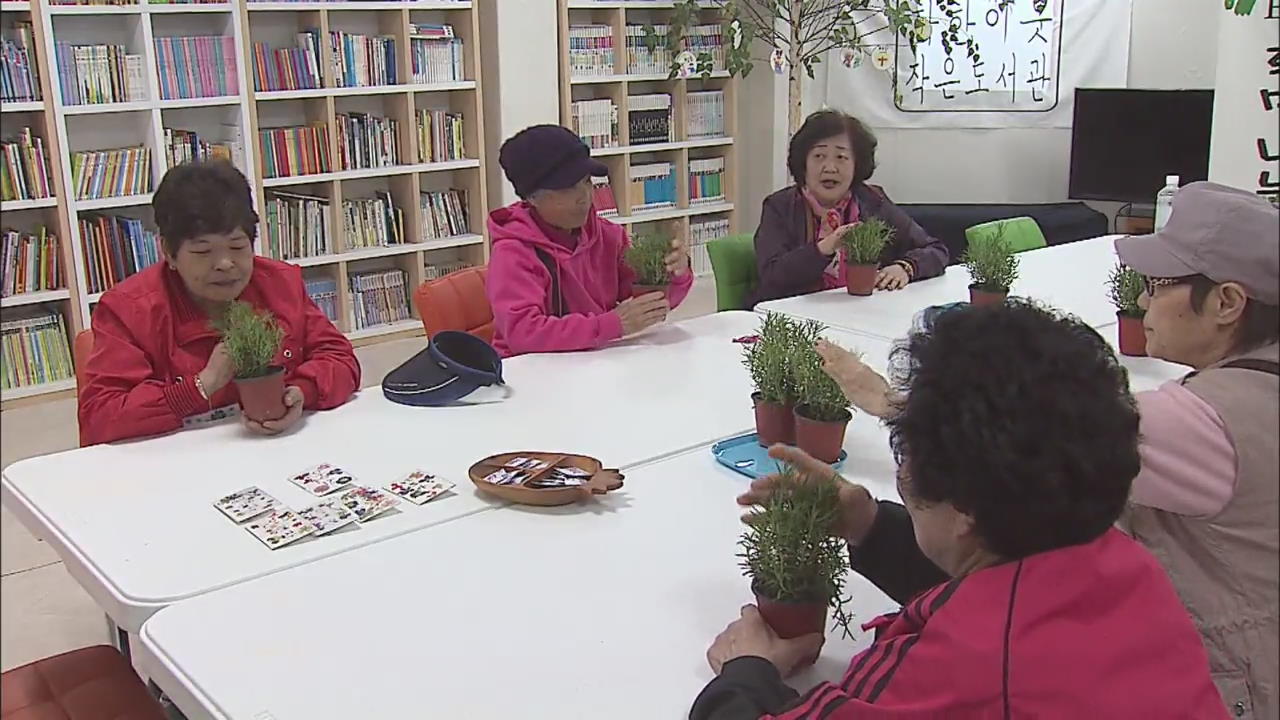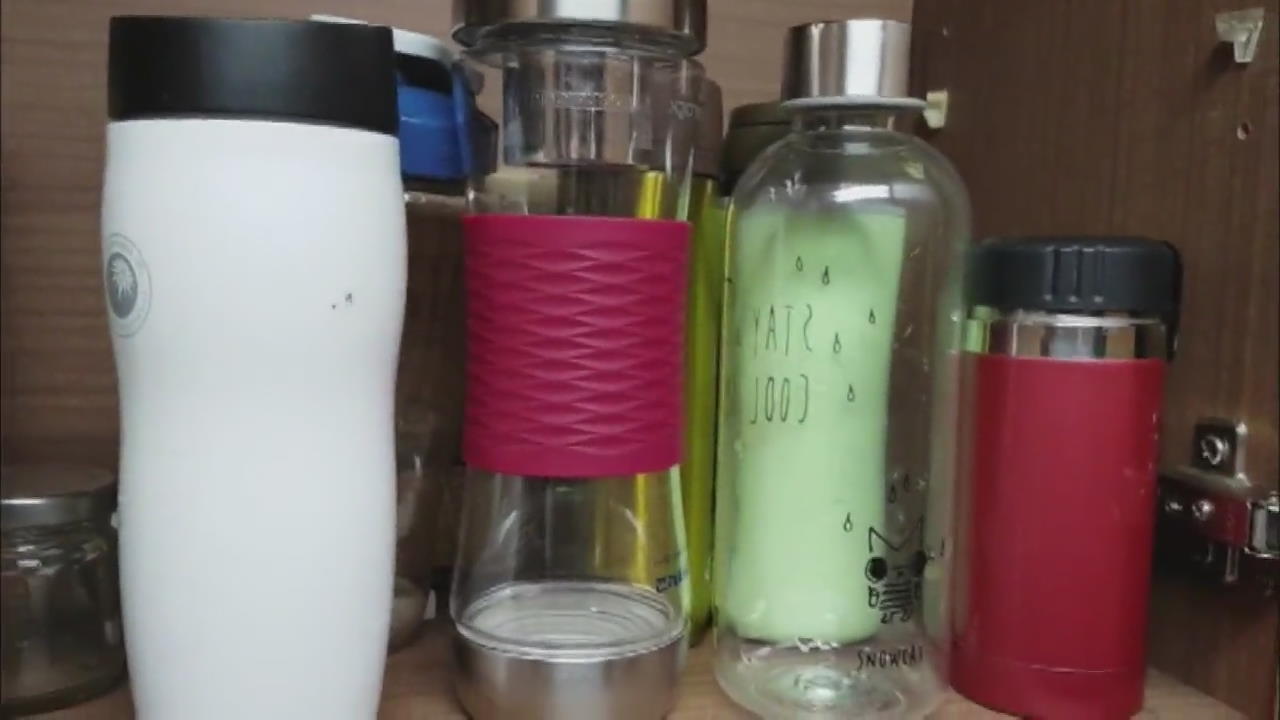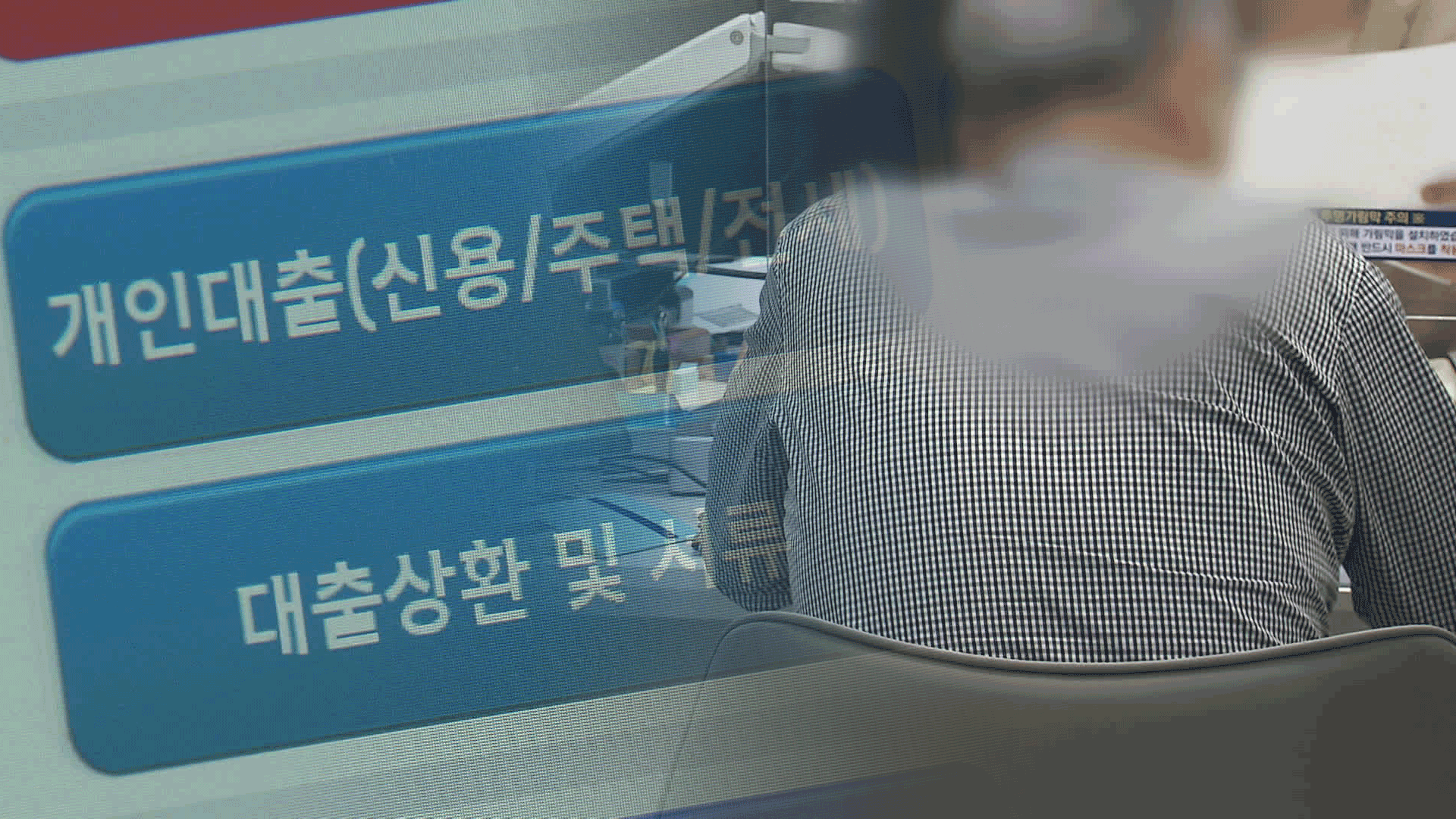Paper Diagnosis
입력 2017.04.13 (14:15)
수정 2017.04.13 (14:25)
읽어주기 기능은 크롬기반의
브라우저에서만 사용하실 수 있습니다.
[Anchor Lead]
A new technology allows people to diagnose diseases such as diabetes and dementia at home using just a sheet of paper. The paper can be printed from a regular printer and it costs 5 cents for the diagnosis of 3 different diseases.
[Pkg]
An inkjet printer of a type widely used in any home produces a paper on which a circuit pattern has been printed. A user places a drop of blood on the paper, and orders an analysis of the blood using a smartphone. The blood sample is then seen moving over the circuit. The blood then encounters a sample liquid. The two move back and forth as they mix together on the chip. When the mixed droplet touches a sensor, analysis results are produced immediately. Developed by a joint research team comprising members from Korea, Thailand and Denmark, this paper diagnostic chip uses ordinary paper to enable easy diagnosis of diabetes, dementia and kidney ailments. The sensor can also be printed using home appliances, and the cost for the diagnosis is a mere 5 cents.
[Soundbite] Lee Joo-mi(Researcher, iBI) : "The printed paper is cut using scissors and connect to the circuit. All that's left is to load it here."
The researchers expect the paper chip to be especially useful in developing nations where medical facilities are in short supply.
[Soundbite] Prof. Sin Gwan-woo(Dep. of Chemistry, Sogang University) : "It may be limited compared to the expensive tests done at hospitals but it can be used as a tool to prevent the spread of pathogens."
The team also plans to miniaturize the device which connects the paper chip to mobile phones within the next 3 to 4 years, aiming for wider distribution.
A new technology allows people to diagnose diseases such as diabetes and dementia at home using just a sheet of paper. The paper can be printed from a regular printer and it costs 5 cents for the diagnosis of 3 different diseases.
[Pkg]
An inkjet printer of a type widely used in any home produces a paper on which a circuit pattern has been printed. A user places a drop of blood on the paper, and orders an analysis of the blood using a smartphone. The blood sample is then seen moving over the circuit. The blood then encounters a sample liquid. The two move back and forth as they mix together on the chip. When the mixed droplet touches a sensor, analysis results are produced immediately. Developed by a joint research team comprising members from Korea, Thailand and Denmark, this paper diagnostic chip uses ordinary paper to enable easy diagnosis of diabetes, dementia and kidney ailments. The sensor can also be printed using home appliances, and the cost for the diagnosis is a mere 5 cents.
[Soundbite] Lee Joo-mi(Researcher, iBI) : "The printed paper is cut using scissors and connect to the circuit. All that's left is to load it here."
The researchers expect the paper chip to be especially useful in developing nations where medical facilities are in short supply.
[Soundbite] Prof. Sin Gwan-woo(Dep. of Chemistry, Sogang University) : "It may be limited compared to the expensive tests done at hospitals but it can be used as a tool to prevent the spread of pathogens."
The team also plans to miniaturize the device which connects the paper chip to mobile phones within the next 3 to 4 years, aiming for wider distribution.
■ 제보하기
▷ 카카오톡 : 'KBS제보' 검색, 채널 추가
▷ 전화 : 02-781-1234, 4444
▷ 이메일 : kbs1234@kbs.co.kr
▷ 유튜브, 네이버, 카카오에서도 KBS뉴스를 구독해주세요!
- Paper Diagnosis
-
- 입력 2017-04-13 14:08:41
- 수정2017-04-13 14:25:45

[Anchor Lead]
A new technology allows people to diagnose diseases such as diabetes and dementia at home using just a sheet of paper. The paper can be printed from a regular printer and it costs 5 cents for the diagnosis of 3 different diseases.
[Pkg]
An inkjet printer of a type widely used in any home produces a paper on which a circuit pattern has been printed. A user places a drop of blood on the paper, and orders an analysis of the blood using a smartphone. The blood sample is then seen moving over the circuit. The blood then encounters a sample liquid. The two move back and forth as they mix together on the chip. When the mixed droplet touches a sensor, analysis results are produced immediately. Developed by a joint research team comprising members from Korea, Thailand and Denmark, this paper diagnostic chip uses ordinary paper to enable easy diagnosis of diabetes, dementia and kidney ailments. The sensor can also be printed using home appliances, and the cost for the diagnosis is a mere 5 cents.
[Soundbite] Lee Joo-mi(Researcher, iBI) : "The printed paper is cut using scissors and connect to the circuit. All that's left is to load it here."
The researchers expect the paper chip to be especially useful in developing nations where medical facilities are in short supply.
[Soundbite] Prof. Sin Gwan-woo(Dep. of Chemistry, Sogang University) : "It may be limited compared to the expensive tests done at hospitals but it can be used as a tool to prevent the spread of pathogens."
The team also plans to miniaturize the device which connects the paper chip to mobile phones within the next 3 to 4 years, aiming for wider distribution.
A new technology allows people to diagnose diseases such as diabetes and dementia at home using just a sheet of paper. The paper can be printed from a regular printer and it costs 5 cents for the diagnosis of 3 different diseases.
[Pkg]
An inkjet printer of a type widely used in any home produces a paper on which a circuit pattern has been printed. A user places a drop of blood on the paper, and orders an analysis of the blood using a smartphone. The blood sample is then seen moving over the circuit. The blood then encounters a sample liquid. The two move back and forth as they mix together on the chip. When the mixed droplet touches a sensor, analysis results are produced immediately. Developed by a joint research team comprising members from Korea, Thailand and Denmark, this paper diagnostic chip uses ordinary paper to enable easy diagnosis of diabetes, dementia and kidney ailments. The sensor can also be printed using home appliances, and the cost for the diagnosis is a mere 5 cents.
[Soundbite] Lee Joo-mi(Researcher, iBI) : "The printed paper is cut using scissors and connect to the circuit. All that's left is to load it here."
The researchers expect the paper chip to be especially useful in developing nations where medical facilities are in short supply.
[Soundbite] Prof. Sin Gwan-woo(Dep. of Chemistry, Sogang University) : "It may be limited compared to the expensive tests done at hospitals but it can be used as a tool to prevent the spread of pathogens."
The team also plans to miniaturize the device which connects the paper chip to mobile phones within the next 3 to 4 years, aiming for wider distribution.
이 기사가 좋으셨다면
-
좋아요
0
-
응원해요
0
-
후속 원해요
0















![[단독] 윤석열 정부, ‘대통령실 공사비 미지급’ 피소](/data/news/2025/06/30/20250630_8MRvHk.png)

이 기사에 대한 의견을 남겨주세요.